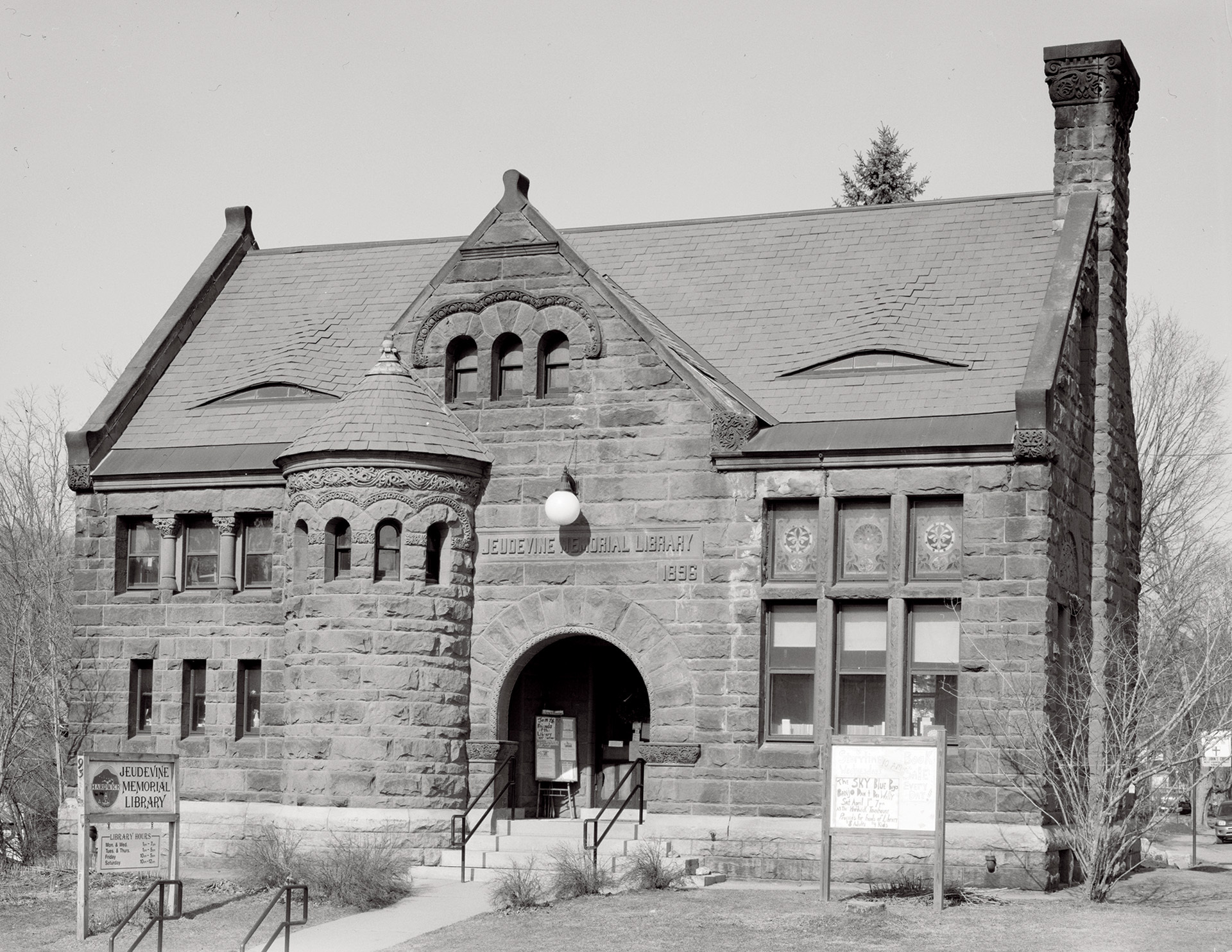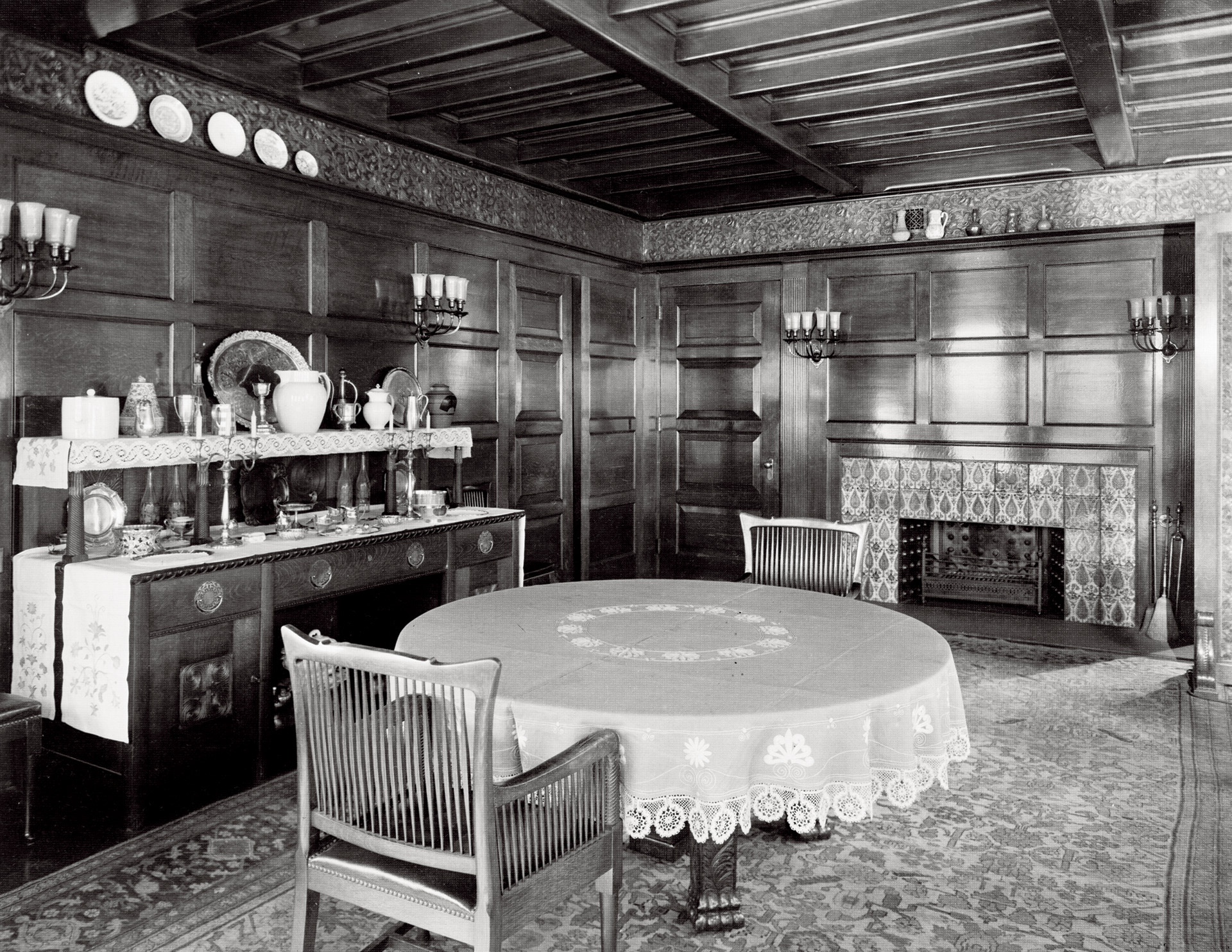ABOUT ROMANESQUE REVIVAL ARCHITECTURE
The Romanesque style of architecture incorporates wide, round arches supported by short, squat columns and other features from the 11th and 12th century monastic and ecclesiastic buildings of Europe. It is characterized in the United States by a heavy and sometimes ponderous use of rough-faced ashlar masonry, brick, carved textures and usually dark woodwork. Frequently large roof forms, punctuated with round or faceted turrets and broad gables are used. Henry Hobson Richardson popularized the style in the late 19th century and his work and work inspired by it is sometimes referred to as “Richardsonian Romanesque.”
ROMANESQUE REVIVAL STYLE MOULDINGS
Romanesque style mouldings include bold, simple shapes such as the torus and cove that complement the bold forms of the stonework. These bold shapes are frequently paired with small, incidental shapes, fillets, quirks, cavettos, ogees, etc. Wooden trim, built-in cabinetry, paneling, beamed ceilings, windows and doors in Romanesque style buildings are usually finished dark, with a transparent finish rather than being painted.








